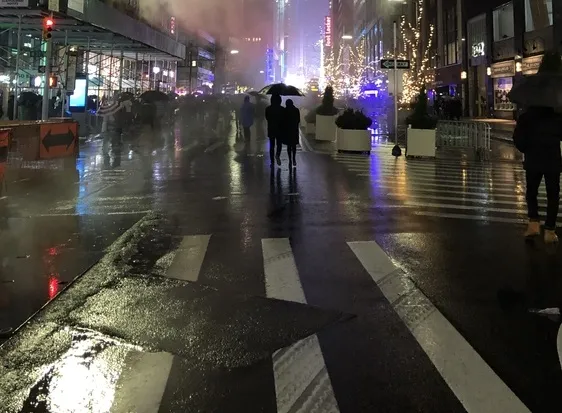Almost 240 wrong way crashes happen each year in the state, according to the TTI. More than half of those resulted in a fatality crash. Researchers said most of those crashes occur at night, with alcohol impairment often a factor. On freeways, the most common way for someone to drive the wrong direction is to enter the freeway on an off-ramp.
Using connected car technology, TTI and SwRI researchers have demonstrated a system which alerts the traffic control room and warns not only the wrong-way driver but also other motorists and law enforcement. Warnings can also be displayed on dynamic message signs.
Texas already has some exit ramps equipped with warning lights for wrong way drivers.
Texas DOT, institutes demonstrate wrong way driving alert system
In a joint partnership with the Texas Department of Transportation (TxDOT), Texas A&M Transportation Institute (TTI) and Southwest Research Institute (SwRI) are researching wrong-way driving, reports the Houston Chronicle.
Almost 240 wrong way crashes happen each year in the state, according to the TTI. More than half of those resulted in a fatality crash. Researchers said most of those crashes occur at night, with alcohol impairment often a factor. On freeways, the most common way for someone to drive t
August 21, 2017
Read time: 2 mins
In a joint partnership with the 375 Texas Department of Transportation (TxDOT), 8520 Texas A&M Transportation Institute (TTI) and 5690 Southwest Research Institute (SwRI) are researching wrong-way driving, reports the Houston Chronicle.








